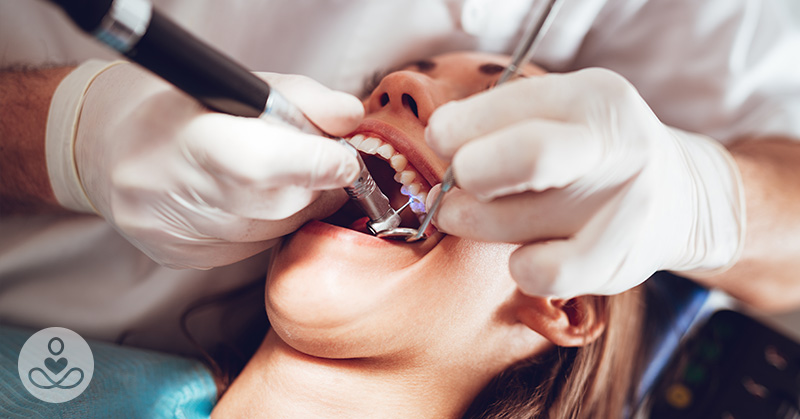In our world of fast food and sugary snacks, tooth decay is a big problem. Many people undergo nasty dental work when cavities arise, with lost enamel being replaced by materials like metal alloys and resin. Now, scientists have uncovered a way to essentially regrow human tooth enamel, a technique they hope might one day be used by dentists to repair teeth.
Enamel is the hard outer layer of your teeth that protects them against decay. It is the hardest biological tissue we know of, however, too much sugar and poor dental hygiene can cause plaque to build up in our mouths, and the bacteria that accompany this plaque release acid that can destroy the tough enamel. When tooth enamel is lost or damaged, it doesn’t grow back, leading to cavities that need to be filled in by a dentist.
One problem with current fillings is that they sometimes become loose or fall out and have to be replaced. Researchers from China’s Zhejiang University and Xiamen University wanted to overcome this by finding a way to make tooth enamel repair itself. They made a gel that contained teeny clusters of calcium and phosphate, the key components of natural tooth enamel.
To test out their gel, the researchers first layered it on crystalline hydroxyapatite, a substance similar to the enamel in our teeth. They found that the calcium phosphate clusters in the gel fused onto the material, something made possible by the diminutive size of the clusters; scientists have previously tried using larger clusters but had limited success.
Next, they used human teeth (not still attached to their owners), first damaging the enamel with acid and then coating them in the gel. The teeth were then placed in conditions that replicated those found inside the human mouth for 48 hours.
Amazingly, after this time, the substance had formed a very thin layer of enamel-like coating that was just as strong and hardy as the enamel found naturally in our teeth. Under the microscope, the researchers could see that the coating had a similar crystalline structure to natural enamel. The layer was only very thin but study author Ruikang Tang told New Scientist that the gel could be applied repeatedly to build it up. The findings are reported in Science Advances.
Now the researchers want to test their gel on mice and eventually humans to see whether it is safe to use in real-life mouths. Although the gel is still a long way from being available to everyone, it could one day revolutionize how we treat tooth decay, potentially removing the need for fillings.
“This process may be developed as an effective cure for enamel erosion in clinical practice,” the researchers note.

